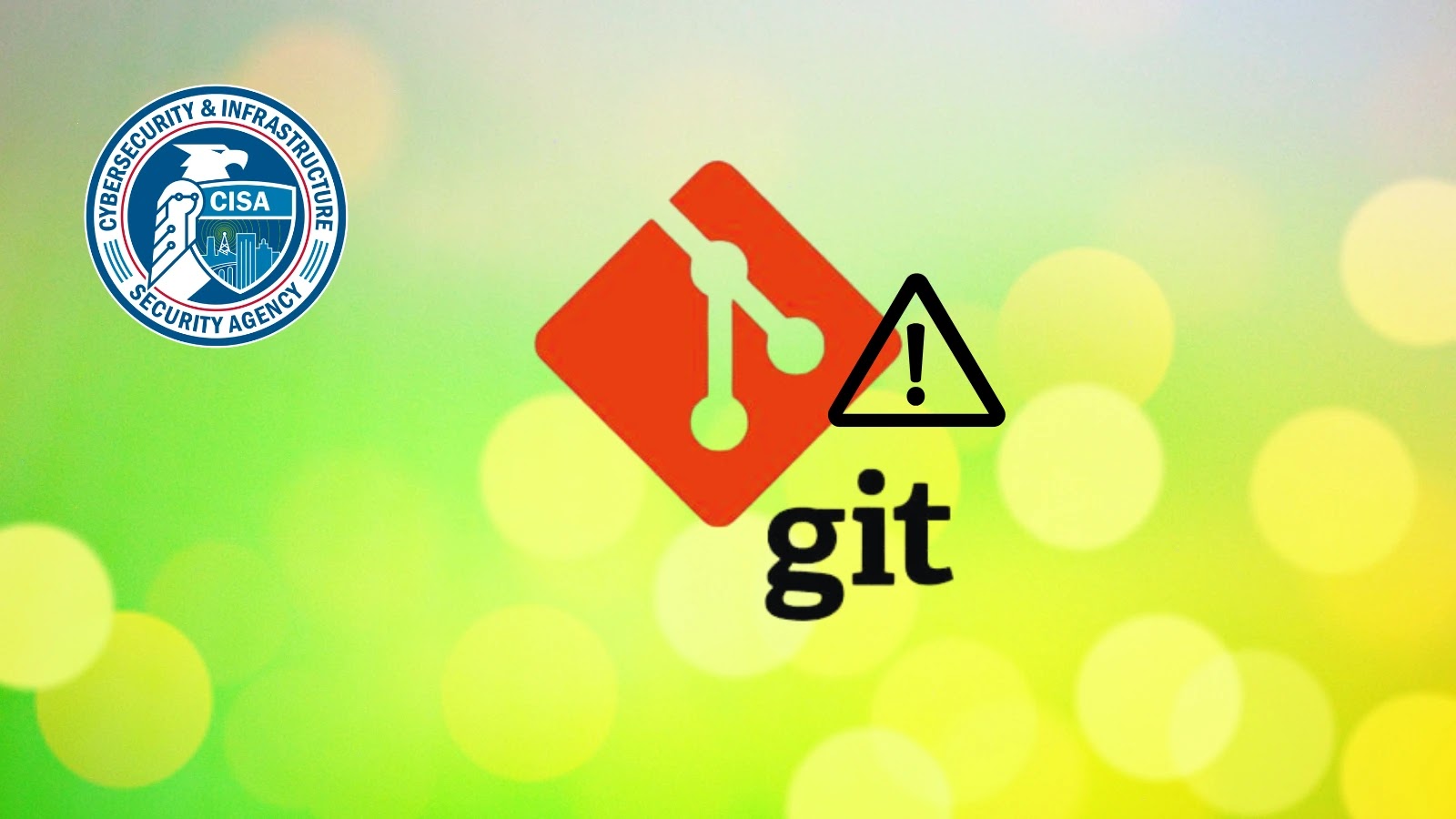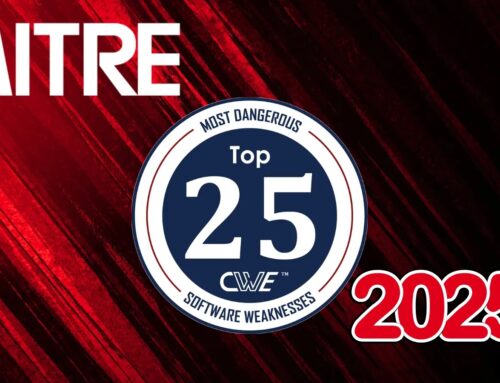
CISA Warns of Git Arbitrary File Write Vulnerability Exploited in Attacks
The cybersecurity landscape is constantly shifting, and proactive vigilance is non-negotiable. A recent, high-severity warning from the Cybersecurity and Infrastructure Security Agency (CISA) underscores this urgency: a critical vulnerability within Git, CVE-2025-48384, is actively being exploited in the wild. This flaw, enabling arbitrary file writes, poses a significant risk to development environments and has already become a focal point for attackers. Understanding its mechanics and implementing immediate countermeasures are paramount for organizations leveraging Git.
Understanding CVE-2025-48384: The Git Arbitrary File Write Vulnerability
CVE-2025-48384 is classified as a high-severity link-following vulnerability within Git. Its core mechanism revolves around the mishandling of carriage returns (CR) in Git configuration files. Attackers can meticulously craft configuration files that, when processed, trick Git into writing arbitrary files to unintended locations on a system. This capability grants them immense power, potentially leading to remote code execution, data manipulation, or system compromise.
- Exploitation Vector: The vulnerability is exploited by abusing the way Git processes carriage returns in its configuration files. This allows for manipulation of file paths.
- Impact of Arbitrary File Write: An arbitrary file write vulnerability allows an attacker to write files to any location on the file system that the Git process has permissions for. This can lead to:
- Code Execution: Writing malicious scripts or executables to system paths.
- Configuration Tampering: Altering critical system or application configurations.
- Denial of Service: Overwriting critical system files, rendering the system inoperable.
- Privilege Escalation: Writing files to sensitive locations that could be used to gain higher privileges.
- Criticality: The active exploitation of this vulnerability escalates its severity from theoretical risk to immediate threat, necessitating rapid response.
Why This Vulnerability Matters
Git is an indispensable tool in modern software development, forming the backbone of countless CI/CD pipelines and version control systems. Its pervasive use means that a vulnerability of this nature can have widespread repercussions. Development machines, build servers, and even production environments that interact with Git repositories are all potential targets. An attacker leveraging CVE-2025-48384 could inject malicious code into projects, compromise intellectual property, or disrupt entire development lifecycles. Organizations must recognize the gravity of this threat and prioritize their response.
Remediation Actions: Securing Your Git Environments
Given the active exploitation of CVE-2025-48384, immediate action is not just recommended, but essential. Patching is the most direct and effective mitigation. However, a multi-layered approach to security is always best practice.
Immediate Steps:
- Update Git: The absolute highest priority is to update all Git installations to the latest secure version. This typically includes versions 2.40.1, 2.39.3, 2.38.5, 2.37.7, 2.36.6, 2.35.8, 2.34.8, 2.33.8, 2.32.7, 2.31.8, and 2.30.9, or newer, which address this and potentially other vulnerabilities. Regularly monitor Git’s official release channels for security updates.
- Review Git Configurations: Scrutinize Git configurations for any unusual or suspicious entries, especially those introduced by untrusted sources. Be wary of configurations that might alter file paths or introduce unexpected behaviors.
- Principle of Least Privilege: Ensure that Git processes and user accounts operate with the absolute minimum necessary permissions. This can limit the impact if a system is compromised.
- Input Validation: Implement robust input validation for any user-supplied data that interacts with Git commands or configurations.
Proactive Measures:
- Regular Security Audits: Conduct frequent security audits of your development environments and CI/CD pipelines.
- Dependency Scanning: Employ tools to scan your projects for vulnerable dependencies, including Git itself if it’s integrated as a library.
- Endpoint Detection and Response (EDR): Utilize EDR solutions to monitor for suspicious activity on endpoints where Git is in use.
- Developer Education: Train developers on secure coding practices and the importance of verifying the integrity of external repositories and configurations before use.
Security Tools for Detection and Mitigation
Leveraging the right tools can significantly enhance your ability to detect and mitigate vulnerabilities like CVE-2025-48384.
| Tool Name | Purpose | Link |
|---|---|---|
| Git Official Website | Source for official Git updates and security advisories. | https://git-scm.com/ |
| Trivy | Vulnerability scanner for OS packages, application dependencies, and more. Can identify vulnerable Git versions in containers/VMs. | https://aquasecurity.github.io/trivy/ |
| Snyk | Developer security platform that helps find and fix vulnerabilities in code, dependencies, and containers. | https://snyk.io/ |
| OWASP Dependency-Check | Scans project dependencies and determines if there are any known, publicly disclosed vulnerabilities. | https://owasp.org/www-project-dependency-check/ |
| Endpoint Detection and Response (EDR) Solutions | Monitor endpoint activity for malicious behavior, including file system changes and anomalous process execution. (e.g., CrowdStrike Falcon, SentinelOne, Microsoft Defender for Endpoint) | (Provider Dependent) |
| SAST Tools (e.g., SonarQube, Checkmarx) | Static Application Security Testing tools can help identify insecure coding practices that might indirectly contribute to vulnerability exploitation. | (Provider Dependent) |
Conclusion
The CISA warning regarding CVE-2025-48384 serves as a critical reminder of the ongoing threats to core development tools. The arbitrary file write vulnerability in Git, coupled with its active exploitation, demands immediate attention. By prioritizing Git updates, adhering to robust security practices, and leveraging appropriate tooling, organizations can significantly reduce their exposure to this and similar threats. Maintaining a proactive security posture is the most effective defense against an evolving threat landscape.





